By day, the Florida Keys shimmer in postcard blues; by , the water seems to exhale light. Divers who cut their lamps often find the dark alive with quicksilver sparks, as if the sea were a shaken snow globe. Those flashes are more than spectacle: they’re signals, warnings, courtship displays, and sometimes decoys in a high‑stakes game of survival. Scientists are racing to decode this living light on reefs already stressed by heat and disease, and the work feels urgent. Unlocking how and why Florida’s reefs glow after sunset may reveal new ways to watch reef health shift in real time – and perhaps help protect what’s left.
The Hidden Clues
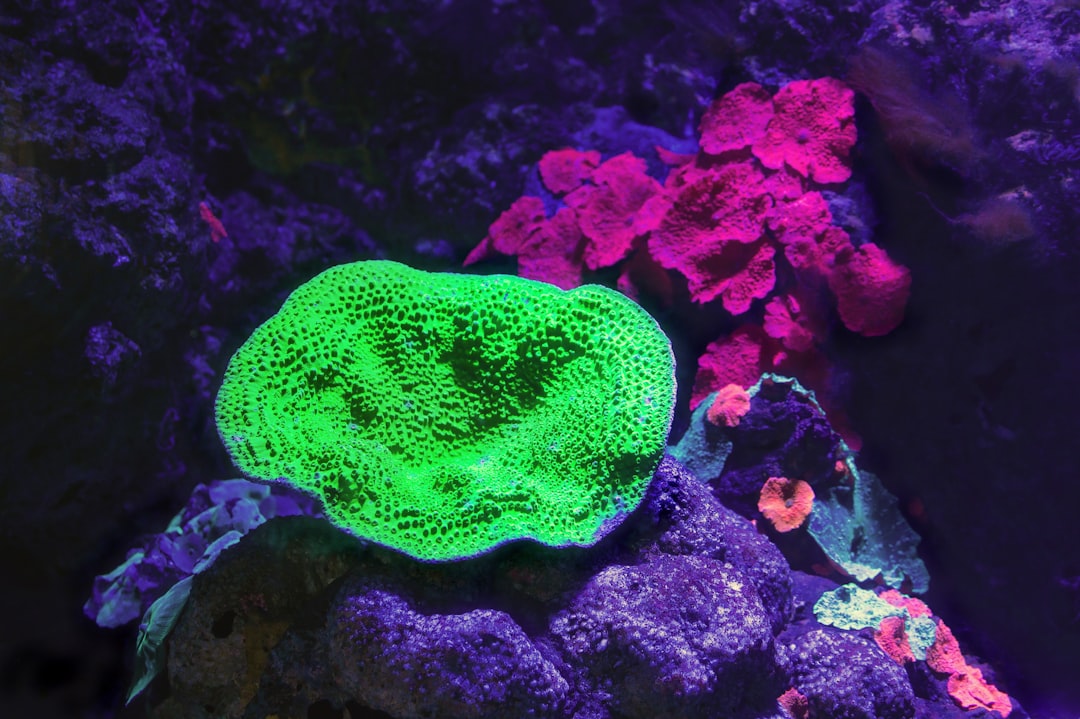
What if the reef is brightest when the sky is darkest? After sunset, the Florida reef tract turns into a dense conversation in blue‑green wavelengths, a secret code most of us never notice. Many of the brightest flares come from plankton and tiny crustaceans that flash when brushed by a fin or the wake of a hunting fish. That light can startle predators, summon bigger hunters to the scene, or help a small animal vanish under a brief halo. It isn’t random; it’s strategy woven into the night.
On calm nights, waves striking the reef crest ignite rolling sheets of sparkle; in the lagoon, a hand sweep can sketch glowing trails that fold back on themselves like calligraphy. Courtship displays by ostracods trace dotted lines through the water column – a literal light show designed to attract a mate. Nearby, stressed plankton light up when stirred, and those brief bursts can map the reef’s invisible currents. The result is a living weather report that tells scientists where energy moves and who’s chasing whom. It’s the reef’s heartbeat, written in photons.
The Chemistry of Living Light

Bioluminescence is chemistry, not a camera trick. A light‑emitting molecule called a luciferin is oxidized by an enzyme called luciferase, producing a photon – usually in the blue‑green band that travels farthest through seawater. Many reef animals rely on coelenterazine, a luciferin common across the ocean, while some tiny crustaceans in Florida use a different compound evolved in their lineage. Dinoflagellates keep luciferin and luciferase in tiny organelles that fire when the cell senses motion, like a mechanical tripwire. A rapid pH shift flips the switch and a flash is born in milliseconds.
That’s distinct from fluorescence, the neon glow you see when divers shine blue lights on corals and then look through yellow filters. Fluorescence is borrowed light – absorbed and re‑emitted – so it stops the moment the lamp is off. Bioluminescence is self‑powered, more like a match struck in your hands. On Florida reefs, both phenomena overlap , and telling them apart is step one for serious study. Scientists start with the chemistry because the wavelengths and timing patterns carry species‑level clues.
Nightlife on the Reef
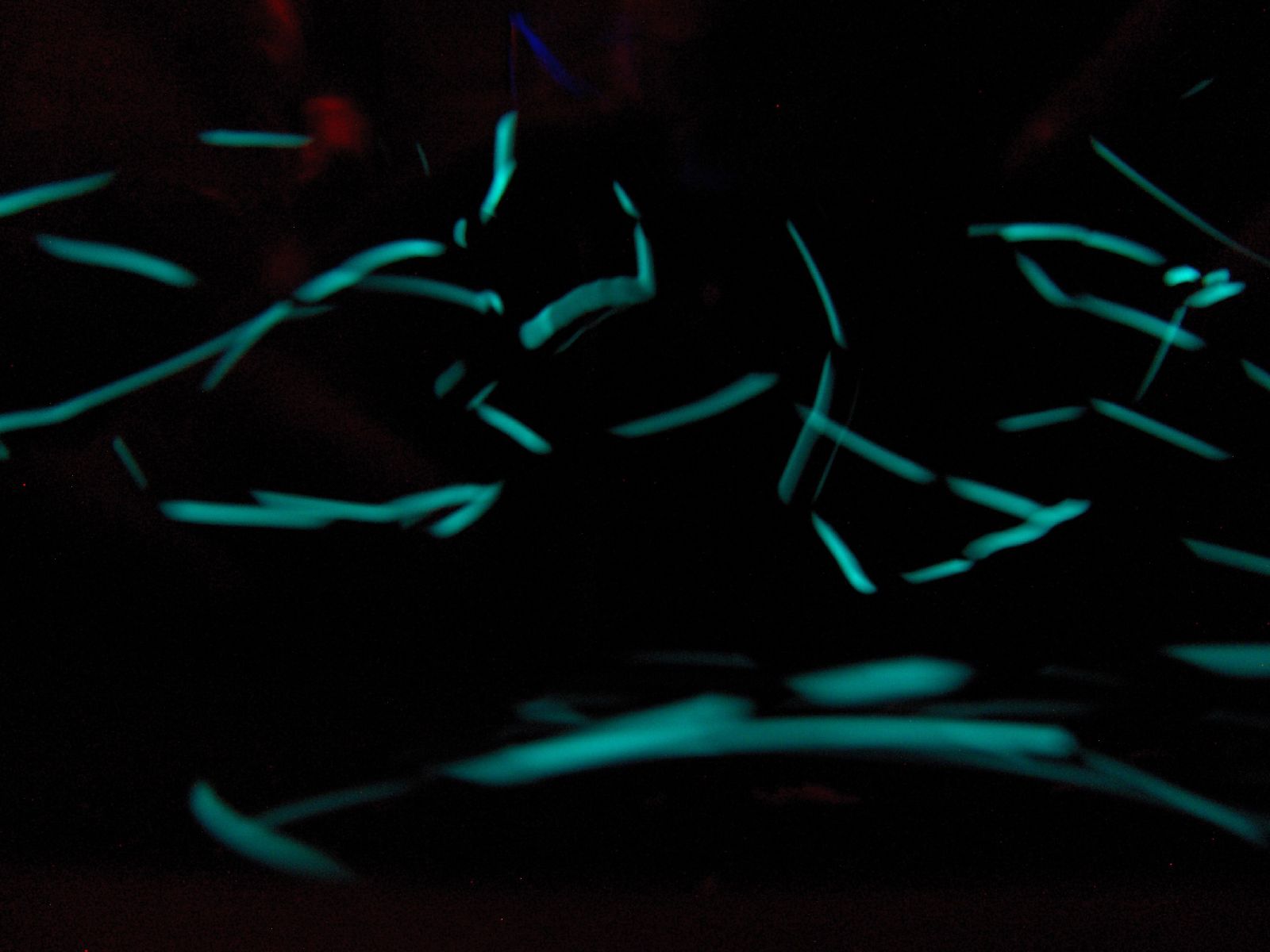
Who’s doing the glowing here? In Florida, the most reliable night sparks come from bioluminescent dinoflagellates, which can bloom in bays and drift across reef flats with the tide. Caribbean ostracods – rice‑grain‑sized crustaceans – stage choreographed courtship displays, releasing pulses of light along rising paths that look like dotted escape routes. Some polychaete worms and brittle stars also flash when disturbed, a quick defensive flare that says: I’m not worth the trouble. Jellylike drifters contribute too, their steady pulses gliding just above the reef.
Corals themselves are usually the fluorescers, not the flashers, blazing crimson or lime under blue excitation rather than lighting up on their own. But those fluorescent signals still matter, often intensifying during stress and highlighting new growth or healing tissue under the right lighting. On a moonless night off Key Largo, I killed my torch and saw the two shows overlap: pinprick sparks from plankton and, when I flicked the blue lamp back on, murals of neon coral glow. The contrast feels like switching between radio stations that share the same frequency. You realize the reef never really sleeps; it just changes channels.
From Ancient Tools to Modern Science

Long before cameras could see in the dark, sailors recorded stretches of “milky seas” and flashes around keels, early field notes for a science still being written. Mid‑century oceanographers began using photomultiplier tubes – light sensors so sensitive they could count photons – to measure flashes in jars of seawater. As electronics shrank, researchers brought low‑light instruments underwater, building housings and timing rigs that could handle current, surge, and salt. Florida’s accessible reef tract became a proving ground for night surveys and instrument tests.
Today, that lineage continues as scientists combine classic net tows and red‑light dives with genetic sampling and precision optics. The toolkit reaches from simple blackouts – turning off all white light and waiting for eyes to adjust – to machine‑timed stimulations that mimic a passing predator. Each step adds resolution to a picture that used to be pure rumor. And each iteration makes it easier to compare one reef site to another across seasons, heat waves, and recovery years.
Imaging the Unseen
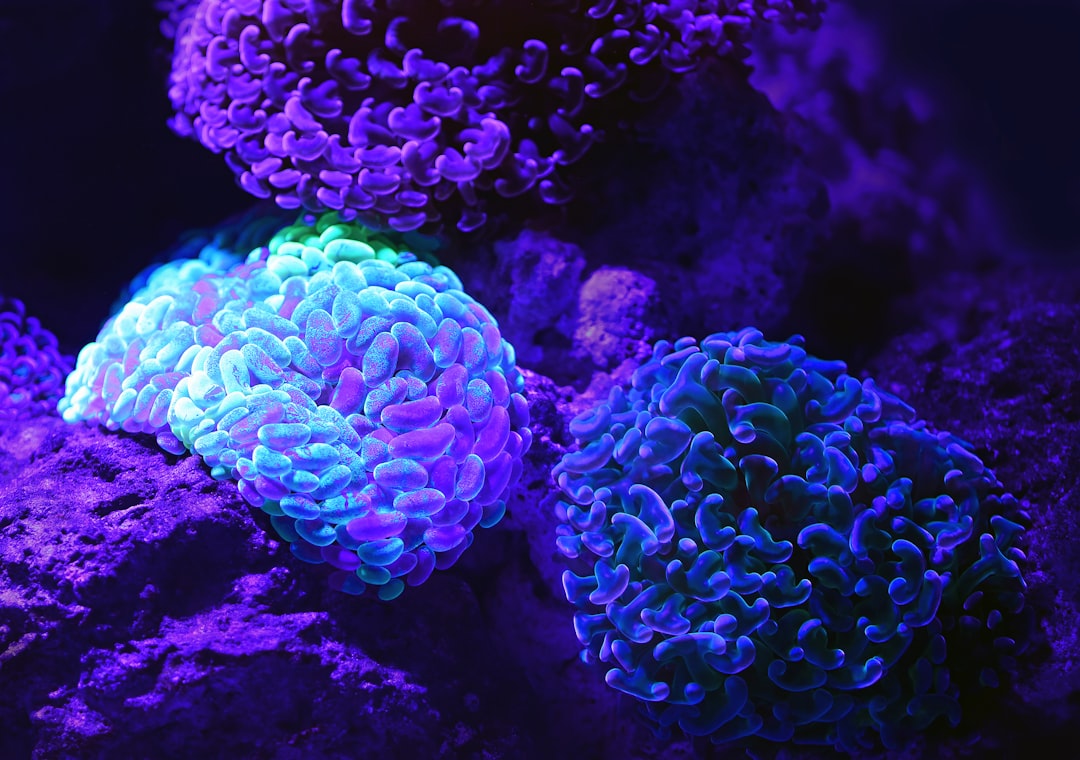
Studying living light is mostly a battle against dark and noise. Teams deploy ultra‑sensitive cameras – EMCCD or modern sCMOS sensors – tuned to read scenes a million times dimmer than a city street . Spectrometers sit beside them to capture the exact color curve of each flash, a fingerprint that often points to the chemical family behind it. Divers follow strict protocols: red headlamps only, steady breathing, limited fin kicks, and long quiet intervals so the reef’s baseline flicker returns after you arrive. When a burst happens, instruments tag its intensity and timing down to milliseconds.
Back on deck, samples head to the lab for a second angle: environmental DNA that can reveal which organisms were present without netting everything that moved. Scientists look for luciferase genes common to dinoflagellates, as well as sequences linked to ostracods that synthesize their own luciferin. Controlled assays then test whether captured plankton flash more under certain turbulence or temperature shifts, linking behavior to physics. Autonomous robots now join the party, carrying photon counters along night transects the way daytime surveys carry cameras. The result is a layered map of when, where, and how the reef lights up.
Why It Matters
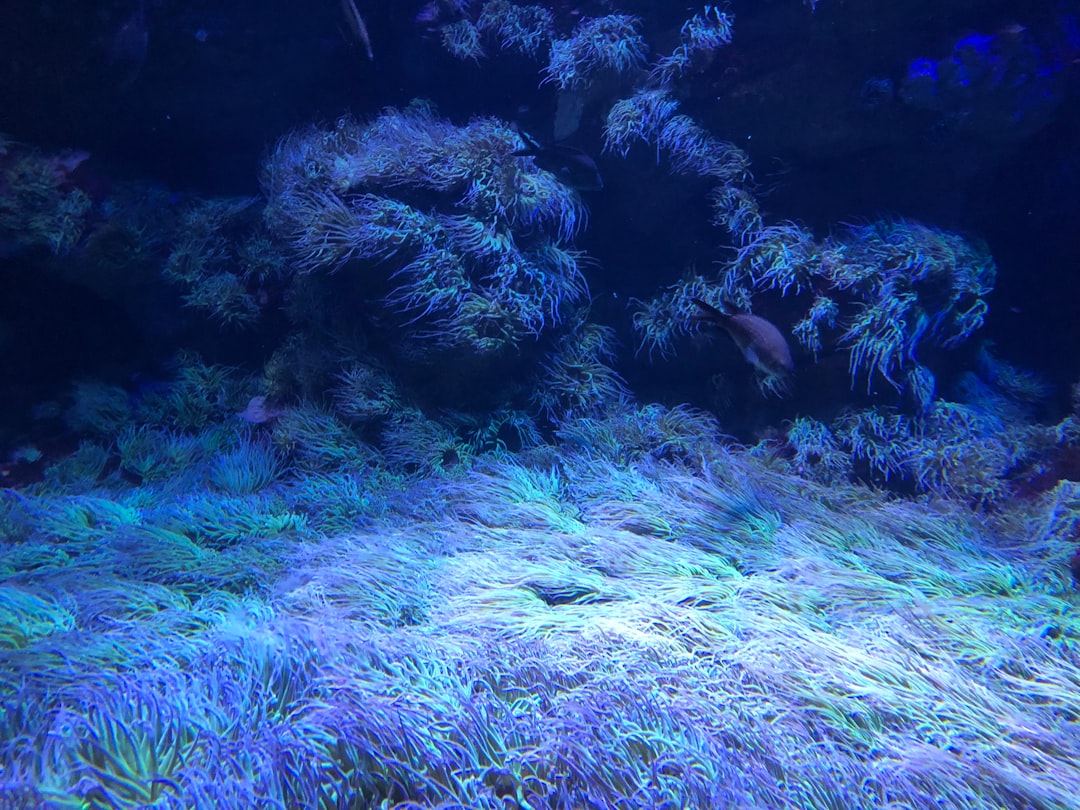
Traditional reef monitoring in Florida leans on daytime dives, photo quadrats, and temperature loggers, which are powerful but mostly blind to nightlife. Bioluminescence opens a complementary window: it captures predator–prey choreography, plankton dynamics, and the movement of energy through the food web after dusk. Because many flashes are triggered by touch and turbulence, changes in brightness patterns can flag shifts in current speed, fish activity, and even the arrival of plankton blooms. On warming reefs, that means a potential early‑warning system that pings long before bleaching or disease scars appear in daylight images. It’s like hearing stress in a voice before you see it on a face.
Florida’s corals face stacked pressures – heat waves, poor water quality, and a relentless coral disease that has chewed through iconic species. A nocturnal metric adds resilience to the monitoring playbook, giving managers a fresh indicator to pair with temperature, clarity, and coral cover. If light budgets shrink in what used to be busy night neighborhoods, that could signal a breakdown in food supply or a missing tier of the web. Conversely, surges in flash rate might accompany recovery or seasonal spawning booms. The more ways we listen, the harder it is to miss the moment when a reef turns a corner.
The Future Landscape
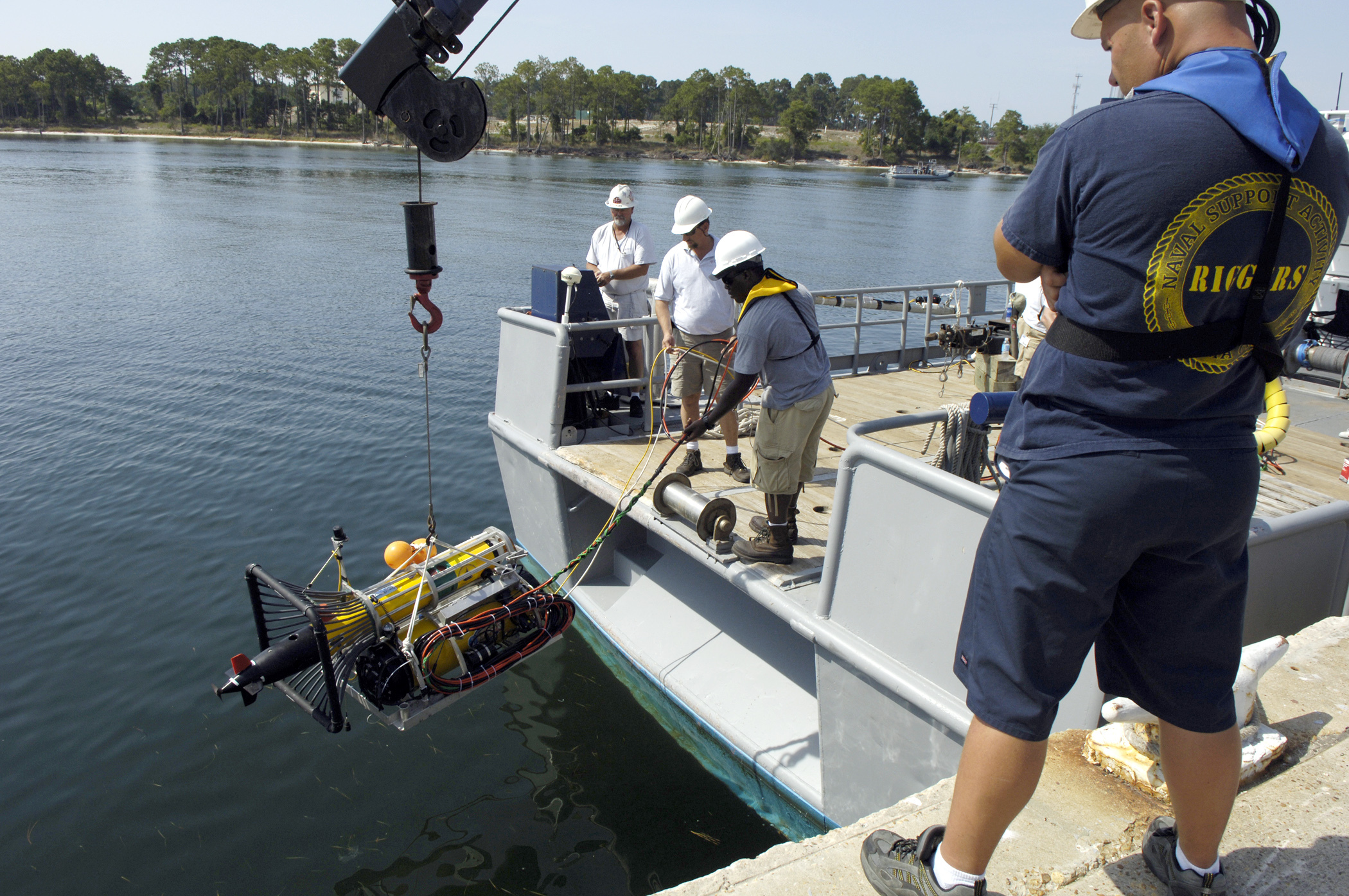
What’s next looks fast, small, and smart. Swarms of low‑cost autonomous vehicles can run synchronized night grids, building kilometer‑scale maps of flashes across the Florida Keys in a single tide cycle. Paired with machine learning, those datasets can sort out ostracod courtship from dinoflagellate alarm, turning noise into neighborhood‑level narratives. Standardized spectral libraries – think field guides for wavelengths – will let teams compare Miami‑side reefs with remote outcrops in the Dry Tortugas without arguing over calibration. That kind of consistency is the difference between a striking anecdote and a management tool.
Challenges are real. Light pollution creeping off coastal developments can bleach the night and drown out delicate signals, changing who hunts where. Heat stress may reshuffle the cast of plankton, pushing some luminous species out of sync with spawning fish that rely on them. Funding cycles rarely match ecological cycles, so long time series remain fragile and incomplete. Still, Florida’s reef managers are already weaving night surveys into restoration efforts, and the path forward feels more practical than theoretical.
How You Can Help
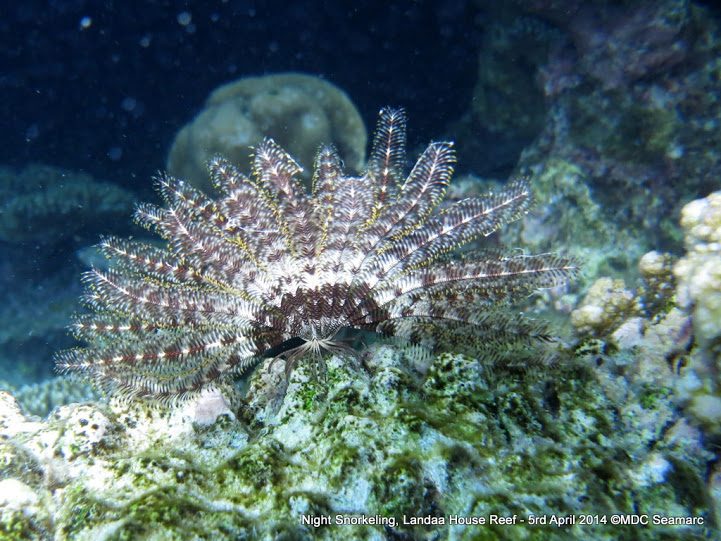
Small choices add up quickly in a place as connected as a reef. If you dive or snorkel , use red lights when possible, avoid chase‑photography, and let the scene settle before you move. Choose reef‑safe sunscreens and rinse gear away from storm drains that lead to the ocean. Support coral nurseries, reef restoration programs, and community science projects that log bioluminescence events; many welcome volunteers and modest donations. If you live on the coast, shield outdoor lights and point them down to reduce glow over the water.
Curiosity counts too. Report strong bioluminescence nights to local conservation groups, note the location and tide, and share that information with researchers who track patterns through the year. Encourage dive shops to offer responsible night outings that include a quick primer on living light. Ask managers at protected areas how nocturnal monitoring fits into their plans, and nudge them when it doesn’t. The night reef is telling a story; the only question is whether we’re listening. Will you take a moment to let your eyes adjust and see it for yourself?

Suhail Ahmed is a passionate digital professional and nature enthusiast with over 8 years of experience in content strategy, SEO, web development, and digital operations. Alongside his freelance journey, Suhail actively contributes to nature and wildlife platforms like Discover Wildlife, where he channels his curiosity for the planet into engaging, educational storytelling.
With a strong background in managing digital ecosystems — from ecommerce stores and WordPress websites to social media and automation — Suhail merges technical precision with creative insight. His content reflects a rare balance: SEO-friendly yet deeply human, data-informed yet emotionally resonant.
Driven by a love for discovery and storytelling, Suhail believes in using digital platforms to amplify causes that matter — especially those protecting Earth’s biodiversity and inspiring sustainable living. Whether he’s managing online projects or crafting wildlife content, his goal remains the same: to inform, inspire, and leave a positive digital footprint.




